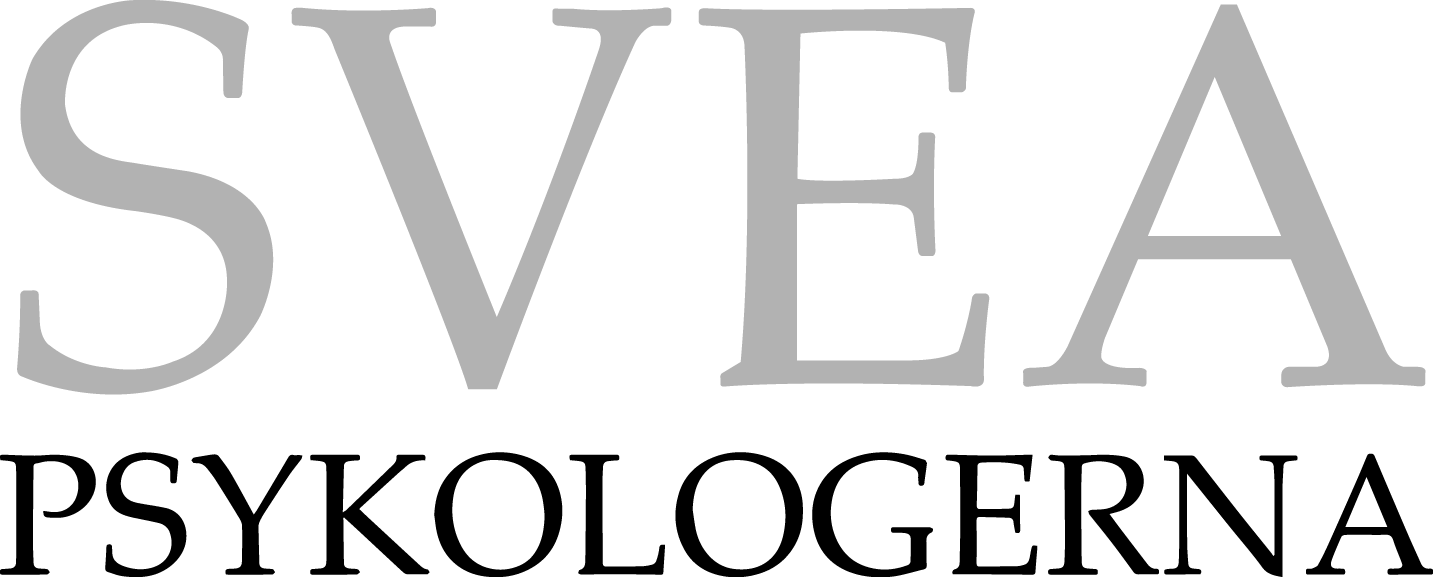Lectureson risk use, abuse, addiction
What is included in the lecture on risky use, abuse and addiction?
Having an employee with an alcohol problem is not only extremely harmful to the employee, but it also costs the company a lot in terms of reduced performance, absenteeism, mistakes at work, etc. c. Having a friend or schoolmate with an alcohol problem is often very difficult. In Sweden, 10% of the population has either a risky use, abuse or dependence on alcohol.
One in four people who end up in the health care system has an alcohol-related illness/injury and this is a major social problem that also creates high costs for society and employers. Not to mention the emotional damage that the addict inflicts on their family, their environment and themselves.
The lecture teaches you what signals you can look for to see if someone is having problems and how you can act if someone around you has problems with alcohol, drugs or other addictions, whether in the workplace, studies, circle of friends or in the family.
It is not uncommon for those around them to believe that they are helping the addict by becoming codependents or enablers. They may "cover up" for the addict so that they do not suffer the consequences by keeping quiet, lending money, calling in sick or lying to them. But it's usually the consequences that make the person want to make a change. After all, not many people want to make changes when the addiction is "rolling along" well and the person is in a romance phase in their addiction.
Abuse is classified as a disease
The person who has an addiction should be considered sick, as addiction is classified as a disease by the WHO (World Health Organization). That is, they do not realize what the addiction is actually doing to them. You could say that the addict's brain is "kidnapped" because their brain wants the short-term rewards and because the reward system is not working properly, the person cannot trust their own impulses and cravings.
The environment also cannot trust the addict who is controlled by the dysfunctional reward system. The important thing is that the person receives adequate treatment to understand their addiction and learn how to deal with triggers and to maintain their moderate drinking or sobriety. As the person themselves usually does not realize the extent of their problem, they usually need external help to get to treatment.
The lecture will teach you the following:
The lecture teaches managers, colleagues, schoolmates, friends and family members how best to help the person with an addiction. In some cases, the lecture can also help the person with an addiction to open their eyes, get past the denial and realize their own addiction and what they can do to get help.
So common are alcohol problems, drug problems and gambling addiction.
How managers, co-workers, friends, family members and schoolmates should act when they suspect someone has a drinking, drug or gambling problem.
How much alcohol per day/week the body can handle without it being harmful, i.e. how many units of alcohol per week and per occasion are ok for a woman and a man respectively and where the line is drawn between risk use, abuse and dependence.
What the treatments look like for at-risk use, abuse and addiction.
How can the person themselves understand that they have a risk use, abuse or dependence and what are the criteria to go by.
How to stop being a codependent and enabler of the addict and how to set healthy boundaries.
Positive lecture!
Substance abuse as a lecture topic is often thought-provoking and it can be uplifting, give hope and bring about positive change.
Why lectures on addiction?
The purpose of hiring a lecturer in addiction can vary widely. It can be about everything from identifying, daring to act and dealing with people with addiction to stories that give perspective, the prevention work or business aspects.


